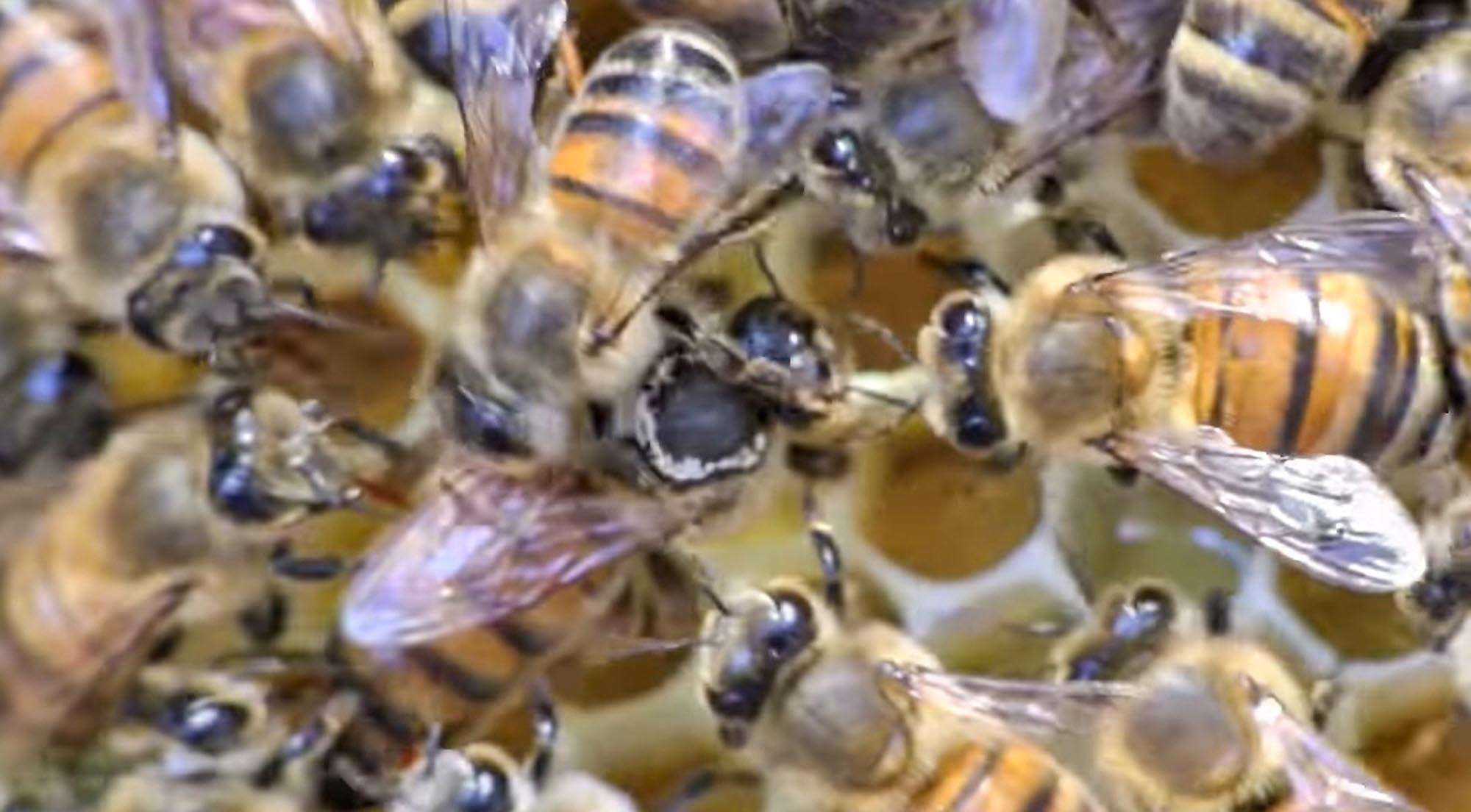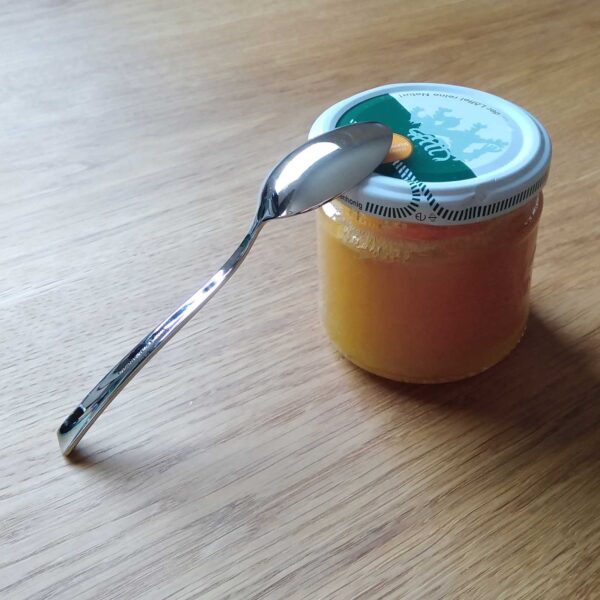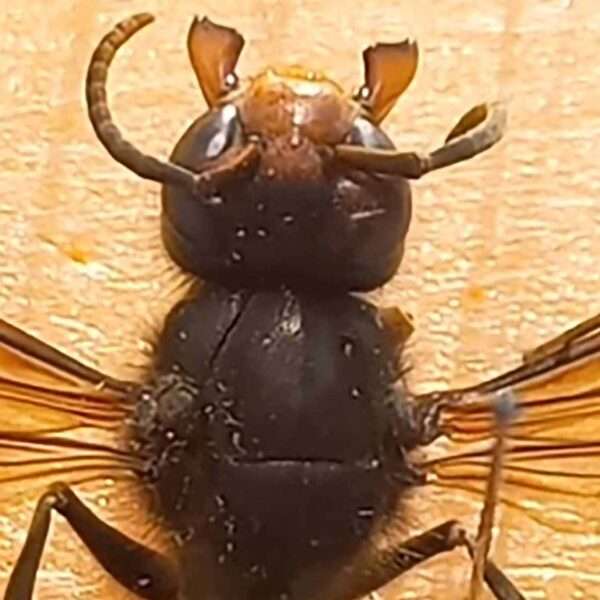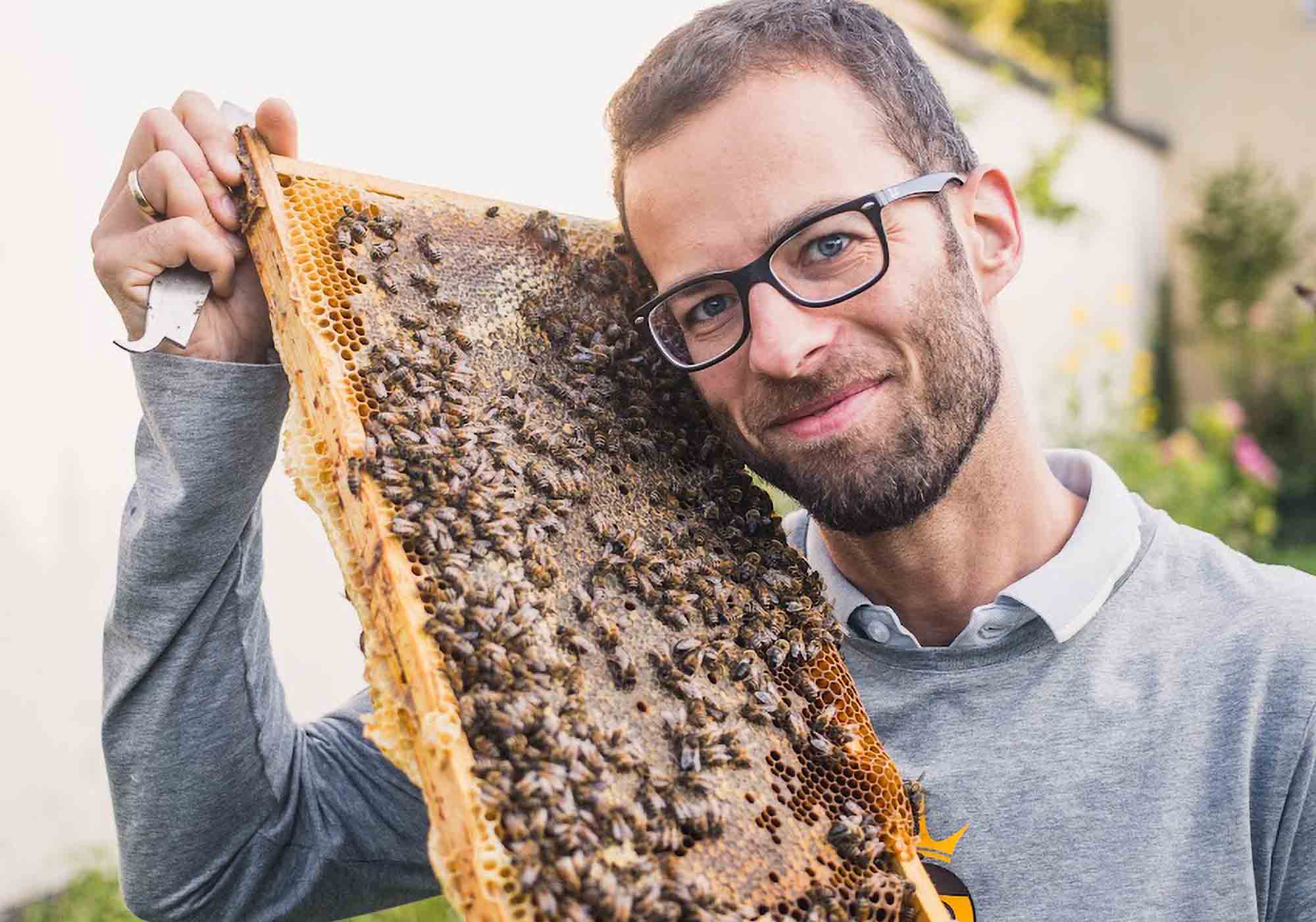Honeybee colonies have astonishing abilities to adapt and maintain their nest structure, a scientific examination has revealed.
Researchers from Auburn University in the US State of Alabama discovered that disruption to the structure of the pollinators’ nests had no significant impact on the performance of the colony.
To find out more about any detrimental effects, the experts rearranged movable wooden bee frames in a new randomised order every week.

This non-destructive approach allowed the scientists to analyse the organisation of the combs within the nests without sacrificing any of the insects.
The researchers found that the honeybees quickly built a well-connected ellipsoid nest consisting of parallel combs that expanded in all directions from the nest origin.
The tests showed that – contrary to previous assumptions – the interferences had no substantial impact on the nest temperature and worker population.
A well-connected nest potentially improves larvae development, the experts concluded.
Peter R. Marting is a behavioural ecologist at Auburn University’s Department of Biological Sciences.
He admitted: “We were all surprised that the shuffled colonies performed as well as they did. We expected some shuffled colonies wouldn’t even survive the summer.”
Prof Michael L. Smith said: “Honeybees are an extremely well-studied system but many basic developmental questions remain unanswered because we don’t typically look at the colony’s natural life cycle.”
Prof Smith emphasised: “Sometimes you just have to do the experiment and see what the bees will do.”
Honeybees are crucial to healthy ecosystems. One colony consists of up to 50,000 insects.











